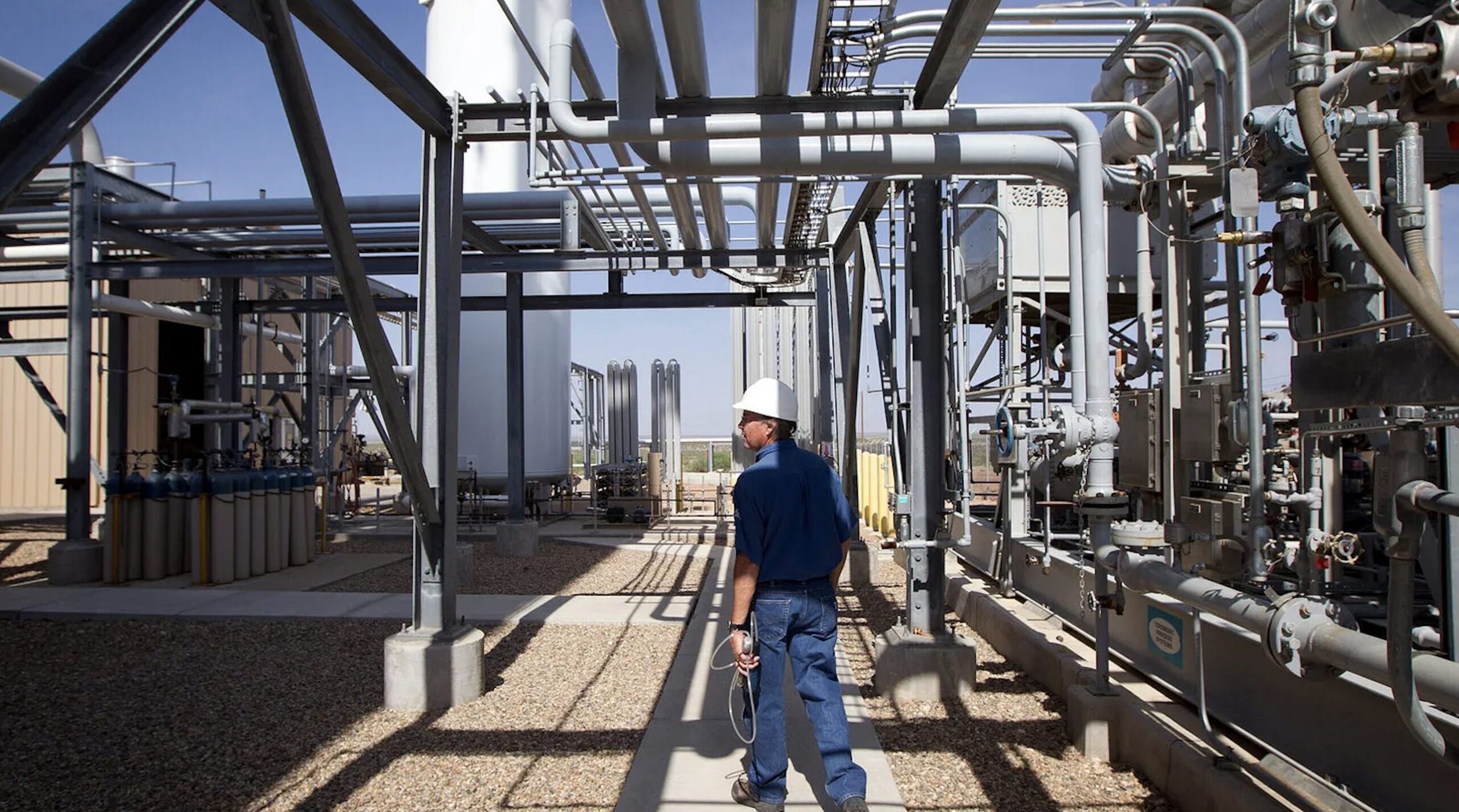
Eyck Freymann: How to Break China’s Minerals Chokehold
Why the allies need a multilateral commercial stockpile This essay is based on a Hoover History Lab working paper, co-authored with Joshua Stinson, William Norris,…
Thought Leader: Eyck Freymann

After years of pandemic-driven volatility, the global ad market is finally expected to normalize over the next five years, according to new forecasts.
Why it matters: Uncertainty in the ad market led to a record number of job cuts across the media and entertainment sectors over the past year.
State of play: The global ad market is expected to grow 5.3% this year, down from 5.8% growth in 2023, according to a year-end forecast from GroupM, one of the largest global advertising agencies.
Between the lines: For both global and North American forecasts, the ad market will still grow in real-terms, but slower growth rates mean publishers that rely on ad revenue will need to temper their expectations.
How we got here: For years, the advertising industry grew at roughly the same rate as gross domestic product (GDP).
State of play: Heading into 2024, analysts predict mid-single-digit ad growth for the foreseeable future, thanks in large part to the maturity of the digital ad market.
Zoom in: All 2024 forecasts suggest spending on traditional media, such as print, radio and television, will decline year-over-year in annual growth, but their digital alternatives aren’t expected to make up for those losses.
Be smart: Some of the factors causing consistent slower growth for the next few years are still linked back to the pandemic.
The big picture: The current trends are expected to continue to favor large, global tech platforms, thanks to their global reach and investments in AI-driven marketing tools.
What to watch: In addition to politics and sports, the automotive, travel, pharmaceutical and consumer package goods (CPG) industries are expected to post strong advertising growth next year, per Magna.
Eyck Freymann: How to Break China’s Minerals Chokehold
Why the allies need a multilateral commercial stockpile This essay is based on a Hoover History Lab working paper, co-authored with Joshua Stinson, William Norris,…
Thought Leader: Eyck Freymann
Chris Miller: Robotics Manufacturing: The Rise of Japan
“To the Americans, a robot is a computer attached to a mechanism. To Japanese, a robot is a mechanism attached to a computer.” The future…
Thought Leader: Chris Miller
Dr. Sanjay Gupta: A New Understanding of Parkinson’s Disease
Parkinson’s disease, a progressive movement disorder whose hallmark is damage to the dopamine-producing neurons in the brain, afflicts almost 12 million people worldwide. And the…
Thought Leader: Sanjay Gupta

